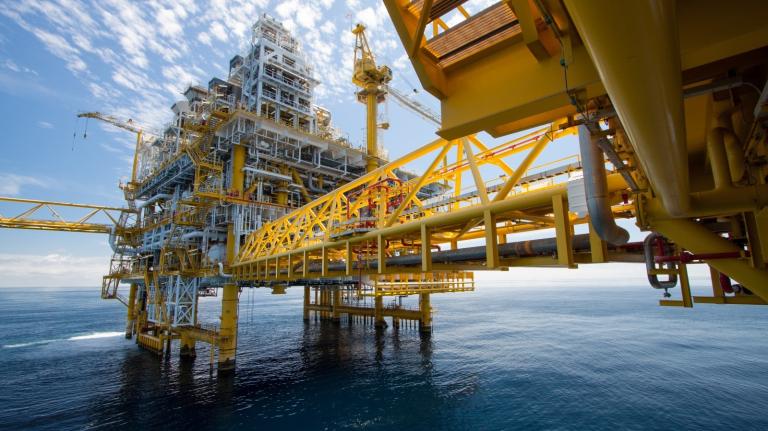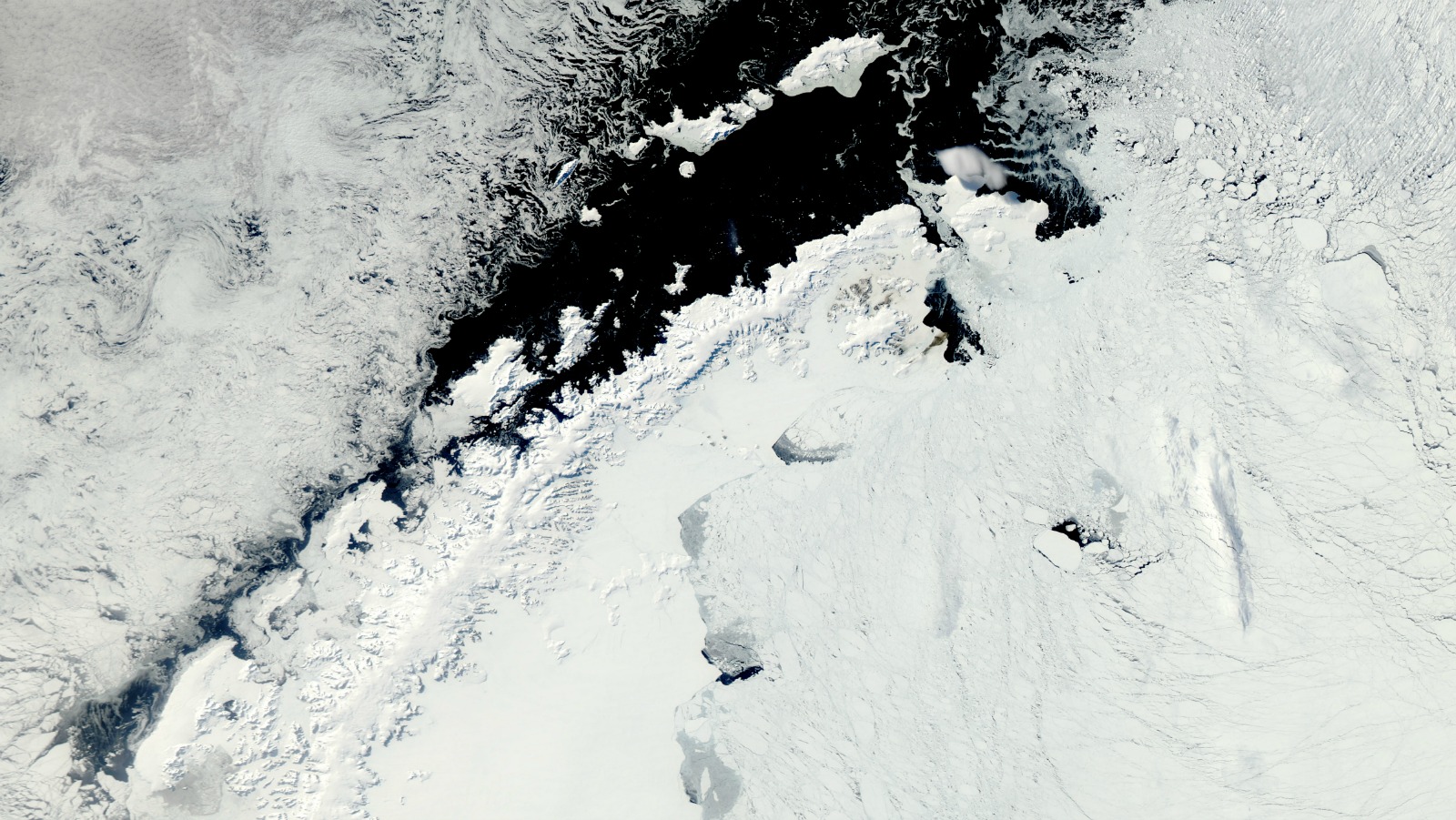This story was originally published by Huffington Post and is reproduced here as part of the Climate Desk collaboration.
A massive crack in one of Antarctica’s largest ice shelves has grown exponentially in recent months, and scientists worry a break-off could destabilize the entire structure.
For two years, United Kingdom-based Project MIDAS has been monitoring a large rift in the Larsen C ice shelf, located on the northern end of the Antarctic peninsula. And if the project’s latest findings are any indication, Larsen C could be headed for a similar fate as nearby Larsen A and Larsen B, which collapsed and disintegrated in 1995 and 2002, respectively.
Since March, the last time satellites were able to observe Larsen C, Project MIDAS said the crack has extended nearly 14 miles ― about three miles per month.
“As this rift continues to extend, it will eventually cause a large section of the ice shelf to break away as an iceberg,” according to the report.
Now, measuring some 80 miles in length, the crack could ultimately dislodge a chunk of ice the size of Delaware, The Washington Post reports.
The rift is likely to lead to an iceberg breaking off, which will remove about 10% of the ice shelf’s area pic.twitter.com/uu1KKWG0WP
— Project MIDAS (@MIDASOnIce) August 18, 2016
At 21,000 square miles, Larsen C is the largest ice shelf in the region, according to a 2015 report. In recent years, however, what was once a small fracture has rapidly moved through the frozen structure, widening to more than 1,000 feet. The crack, scientists wrote in last year’s report, “is likely in the near future to generate the largest calving event since the 1980s and result in a new minimum area for the ice shelf.”
Project MIDAS previously estimated the breakaway would remove between 9 and 12 percent of the ice shelf.
“The trajectory of the rift now implies that the higher of these two estimates is more likely,” the MIDAS team wrote in its post last week. “Computer modeling suggests that the remaining ice could become unstable, and that Larsen C may follow the example of its neighbor Larsen B, which disintegrated in 2002 following a similar rift-induced calving event.”
In 2014, more than a decade after its collapse, scientists determined the event was triggered by warming air temperatures.
Since ice shelves float on the ocean’s surface, the calving event wouldn’t immediately raise sea levels. An event of this scale, however, could destabilize the entire shelf, resulting in its disintegration and the release of the glacier ice it holds back ― ultimately raising sea levels.
As for when the iceberg will make its break, that’s hard to say, Martin O’Leary, a glaciologist at Swansea University in the United Kingdom, told The Washington Post.
“It’s a lot like predicting an earthquake ― exact timings are hard to come by,” he told the Post. “Probably not tomorrow, probably not more than a few years.”
When it does, it could spark a vanishing act that resembles what happened at Larsen B, which NASA highlights in the video below:




